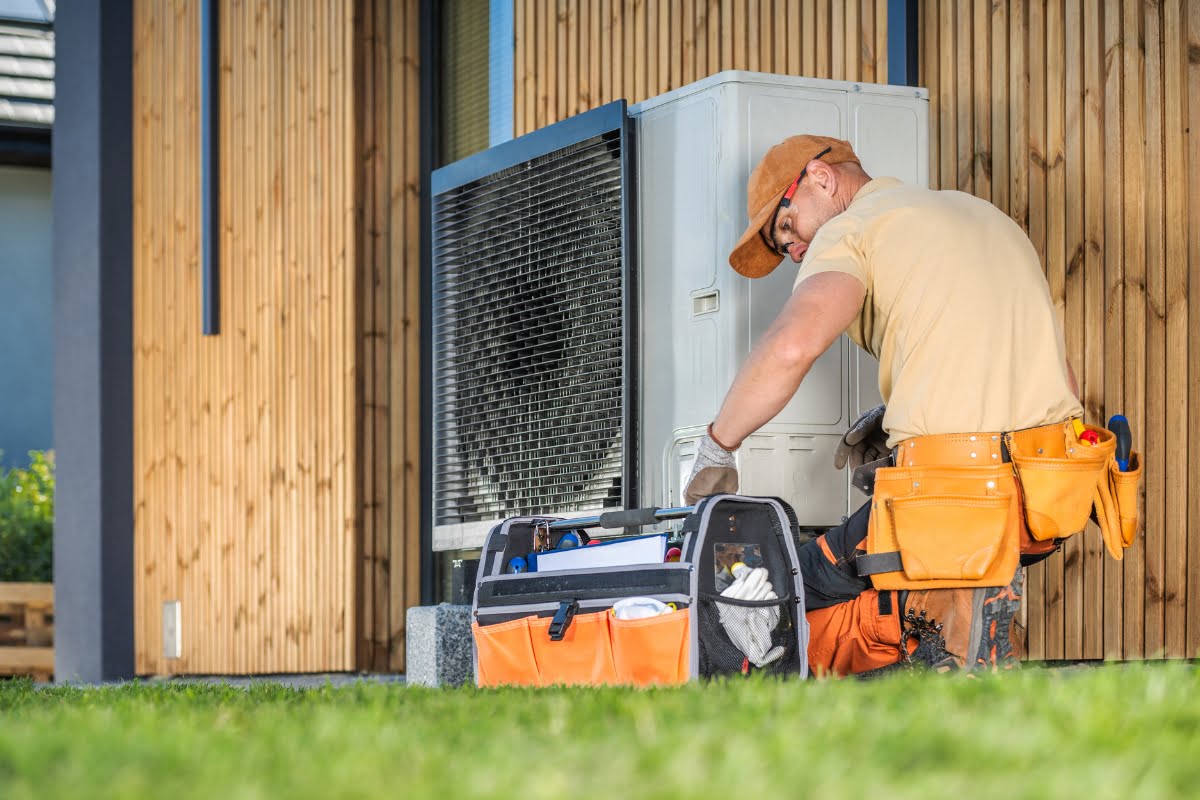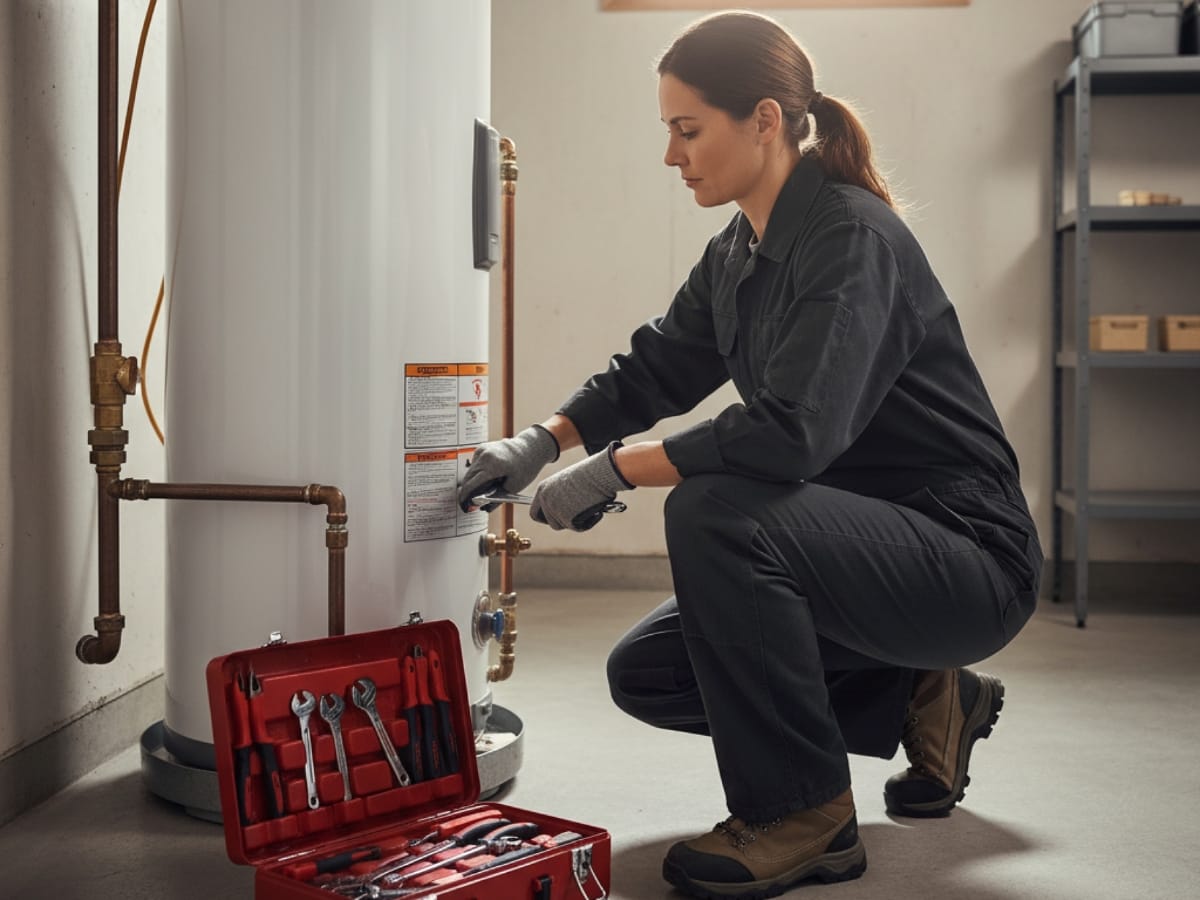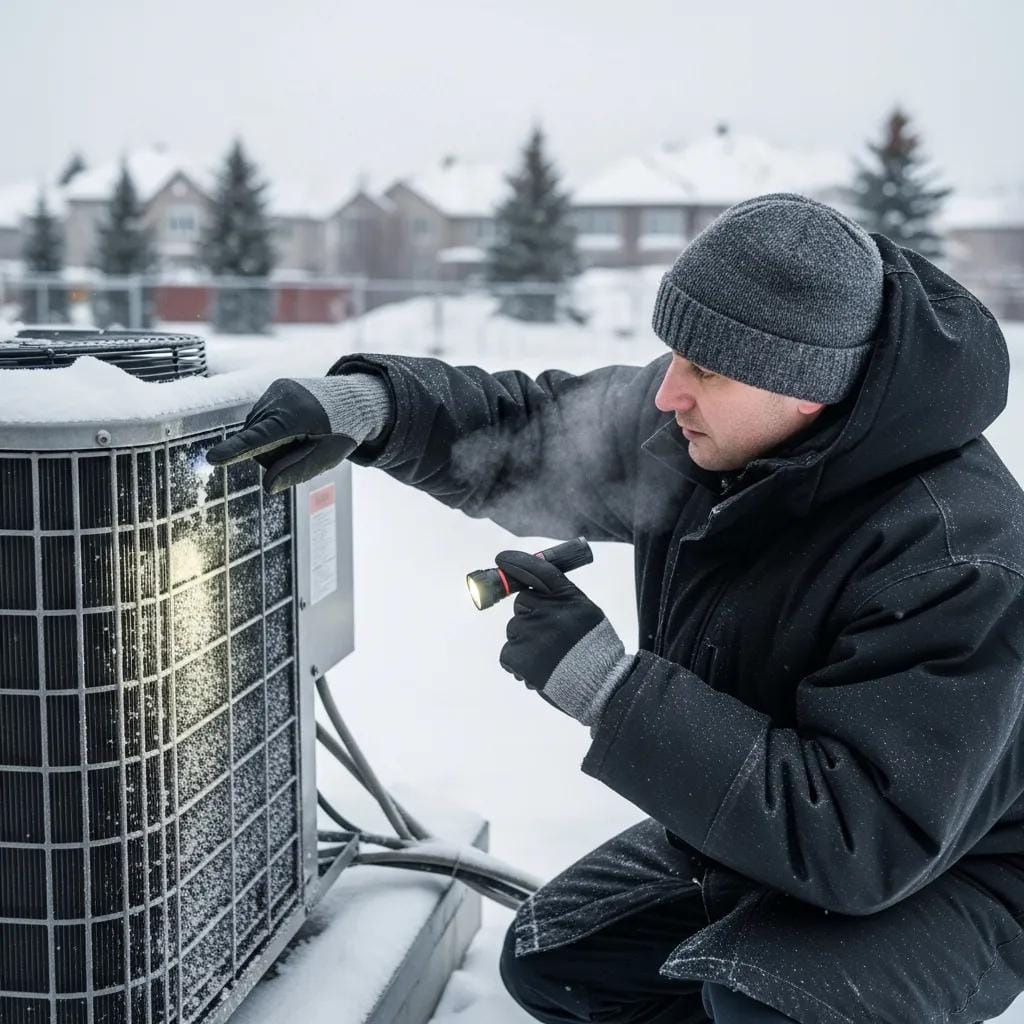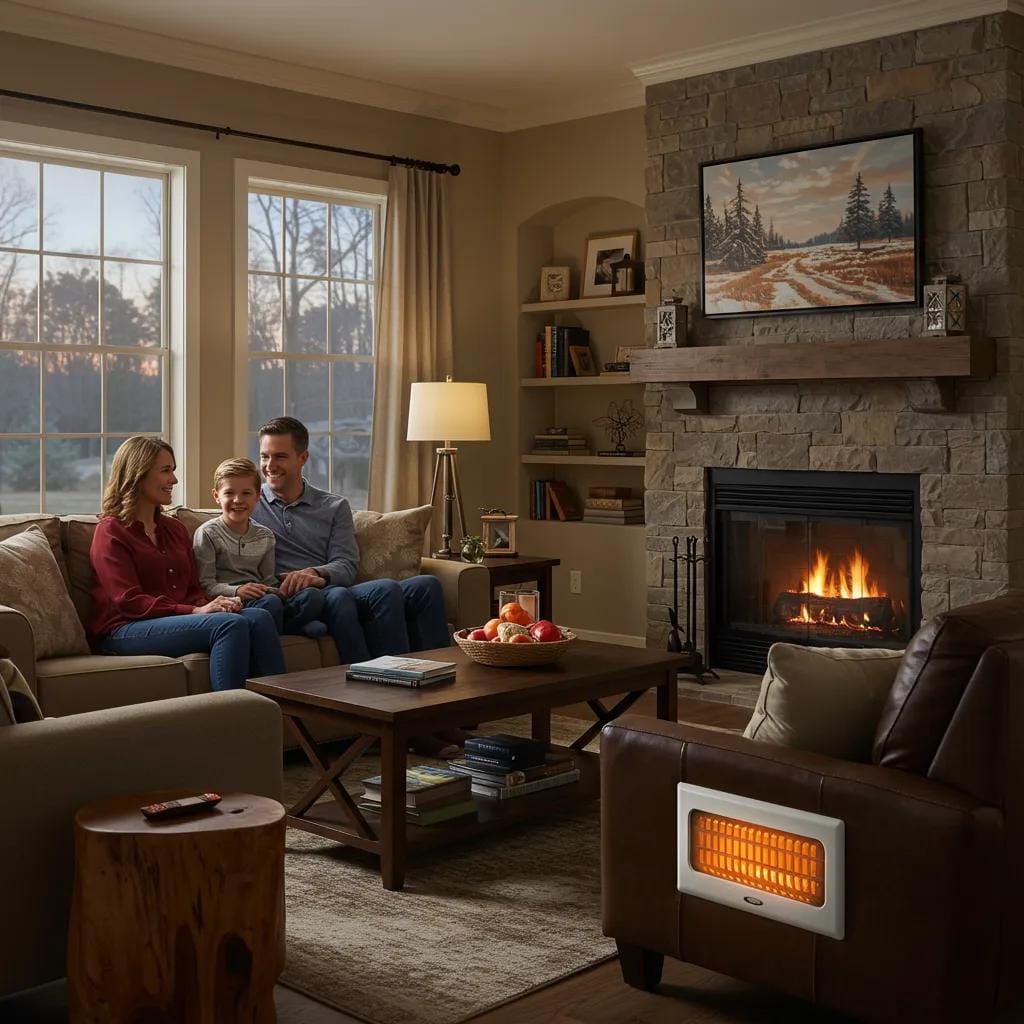In the pursuit of sustainable living, the integration of HVAC systems with eco-friendly landscaping—known as thermo-green spaces—presents an innovative approach to enhancing energy efficiency.
By strategically designing and planting landscapes around your home or commercial property, you can optimize HVAC performance, reduce energy consumption, and create a more comfortable indoor environment. In this guide, we’ll explore the concept of HVAC landscaping, highlighting how trees, shrubs, and other greenery can serve as natural insulators, windbreaks, and shade providers.
Discover how to transform your outdoor spaces into thermo-green zones that not only beautify your surroundings but also contribute to significant energy savings. Whether you’re a homeowner or a business owner, learn how to combine smart landscaping with HVAC systems to achieve a greener, more energy-efficient future.
Is Your Outdoor Space a Heat Trap? Discover the Magic of HVAC Landscaping
The Concept of Thermo-Green Spaces
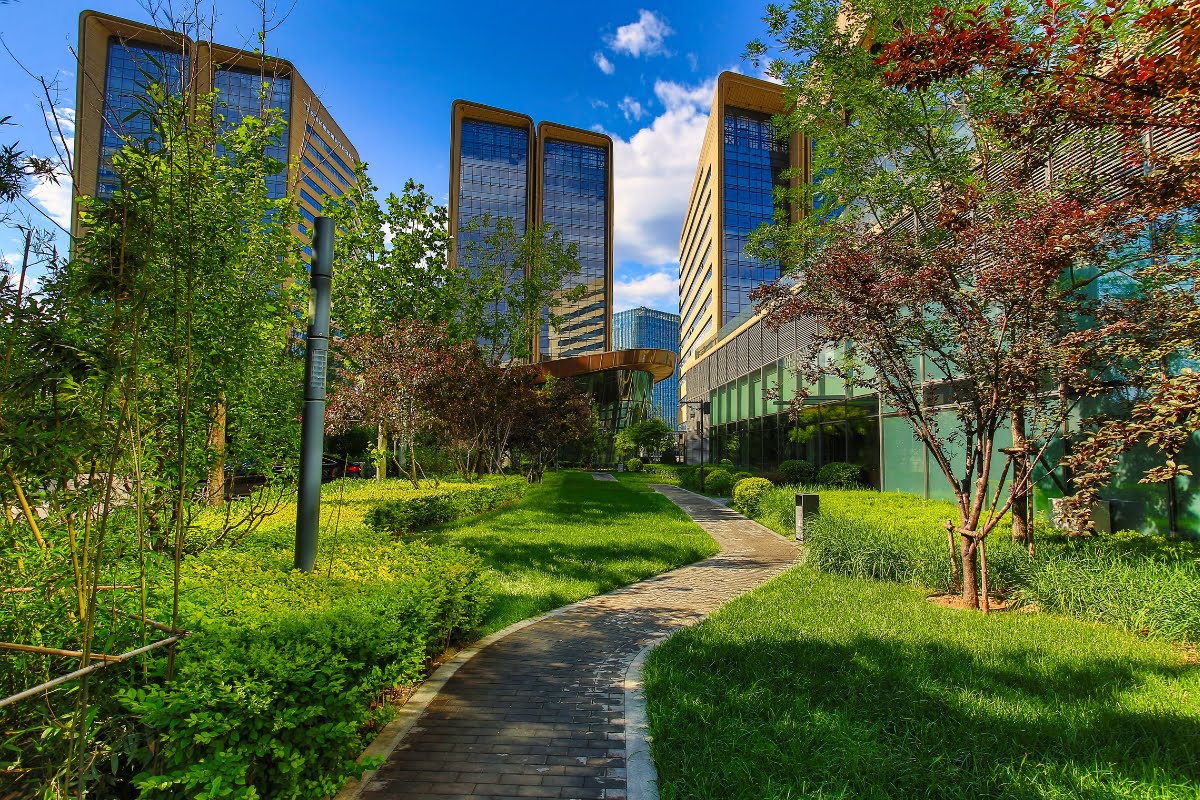
Thermo-green spaces are a revolutionary concept that combines landscaping techniques with HVAC technology to create energy-efficient and sustainable environments. By integrating native plants, strategic tree placement, and efficient HVAC systems, these spaces offer numerous benefits for homeowners and the environment.
One of the key principles behind thermo-green spaces is the use of native plants. These plants are well-adapted to the local climate and require less water, fertilizer, and maintenance compared to non-native species. By incorporating native plants into the landscape, homeowners can reduce their water consumption and minimize the need for chemical treatments.
In addition to native plants, strategic tree placement plays a crucial role in thermo-green spaces. Trees provide natural shading and cooling effects, reducing the reliance on air conditioning during hot summer months. By strategically positioning trees around a property, homeowners can create a microclimate that helps regulate temperatures and reduces energy consumption.
Benefits of Landscaping for HVAC Efficiency
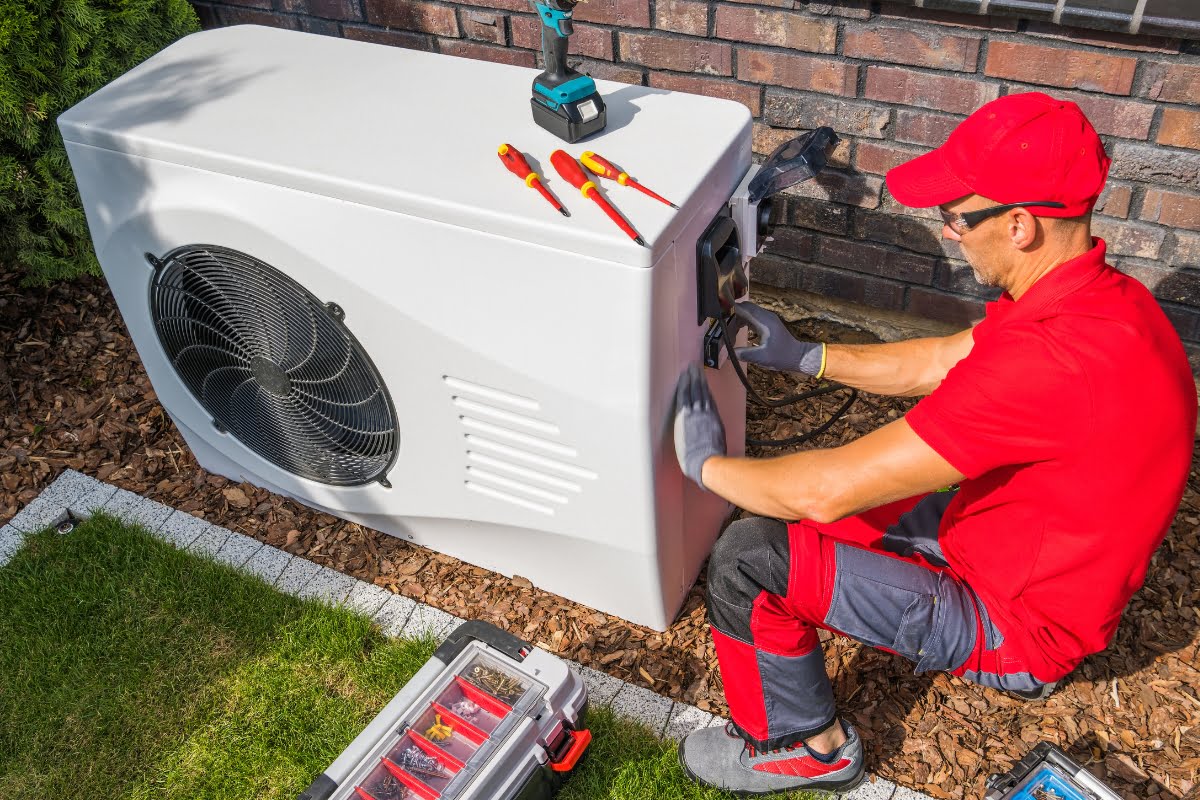
Incorporating HVAC landscaping is a strategic approach to enhance energy efficiency in residential and commercial properties. By synergizing heating, ventilation, and air conditioning systems with thoughtfully designed landscapes, property owners can reap a multitude of benefits.
- Energy Conservation: HVAC landscaping plays a pivotal role in energy conservation by providing natural shade, which reduces the amount of direct sunlight that enters the building. This, in turn, lessens the workload on air conditioning systems, leading to lower energy consumption and decreased utility bills.
- Temperature Regulation: Strategic placement of trees, shrubs, and greenery around the property can help regulate temperatures. In summer, trees provide cooling shade, while in winter, they act as a windbreak, reducing heat loss. This natural temperature regulation minimizes the need for constant HVAC adjustments.
- Air Quality Improvement: Green spaces created through HVAC landscaping contribute to better air quality. Plants absorb carbon dioxide and release oxygen, effectively purifying the air. This cleaner air quality reduces the strain on HVAC filters, prolonging their lifespan and improving overall system efficiency.
- Noise Reduction: Trees and plants can act as natural sound barriers, reducing noise pollution from surrounding areas. By incorporating landscaping elements that dampen noise, HVAC systems can operate more efficiently without the interference of external sounds, providing a quieter and more comfortable indoor environment.
- Aesthetic Appeal: Apart from its functional benefits, HVAC landscaping enhances the aesthetic appeal of the property. Well-designed green spaces not only improve curb appeal but also create a tranquil and inviting atmosphere for residents and visitors alike.
- Property Value: The integration of HVAC landscaping not only enhances energy efficiency but also adds value to the property. Energy-efficient features, such as strategically placed trees and shrubs, are increasingly attractive to eco-conscious buyers and can significantly boost the property’s resale value.
Designing a Sustainable Landscape for HVAC Integration
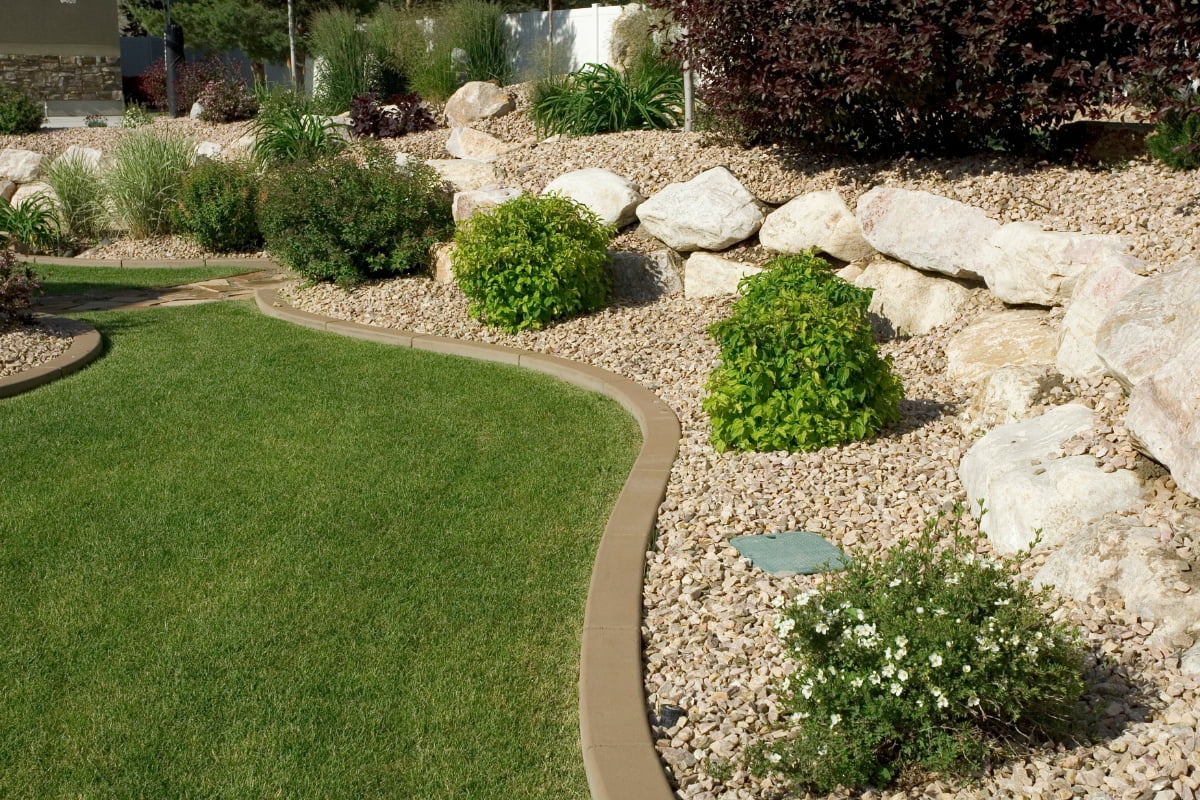
Designing a sustainable landscape for HVAC integration involves a strategic approach to maximize energy efficiency and create eco-friendly spaces. By incorporating green elements into HVAC systems, we can enhance both the functionality and aesthetics of outdoor areas. Thermo-green spaces emphasize the synergy between landscaping and HVAC technology to optimize energy usage and reduce environmental impact.
Integrating HVAC systems with landscape design is essential for achieving energy efficiency goals. By strategically placing trees, shrubs, and other greenery around HVAC units, we can provide natural shade that helps regulate the temperature, reducing the workload on the systems. Properly designed green spaces can act as natural insulators, minimizing heat loss in winter and heat gain in summer, thus improving overall energy efficiency.
Incorporating permeable surfaces such as grass, gravel, or permeable pavers in outdoor spaces helps with rainwater management and reduces the heat island effect. These surfaces allow rainwater to infiltrate the ground, replenishing the groundwater and reducing the burden on drainage systems.
Additionally, planting native vegetation not only enhances the beauty of the landscape but also requires less water and maintenance, contributing to sustainable landscaping practices.
Utilizing smart landscaping techniques in conjunction with HVAC systems can significantly impact energy consumption. By strategically planting trees to provide shade on the sun-exposed sides of buildings, we can reduce cooling costs during hot seasons. Moreover, creating green roofs or living walls can insulate buildings, lowering heating and cooling needs while enhancing air quality and biodiversity.
Native Plants and Their Role in Energy Conservation
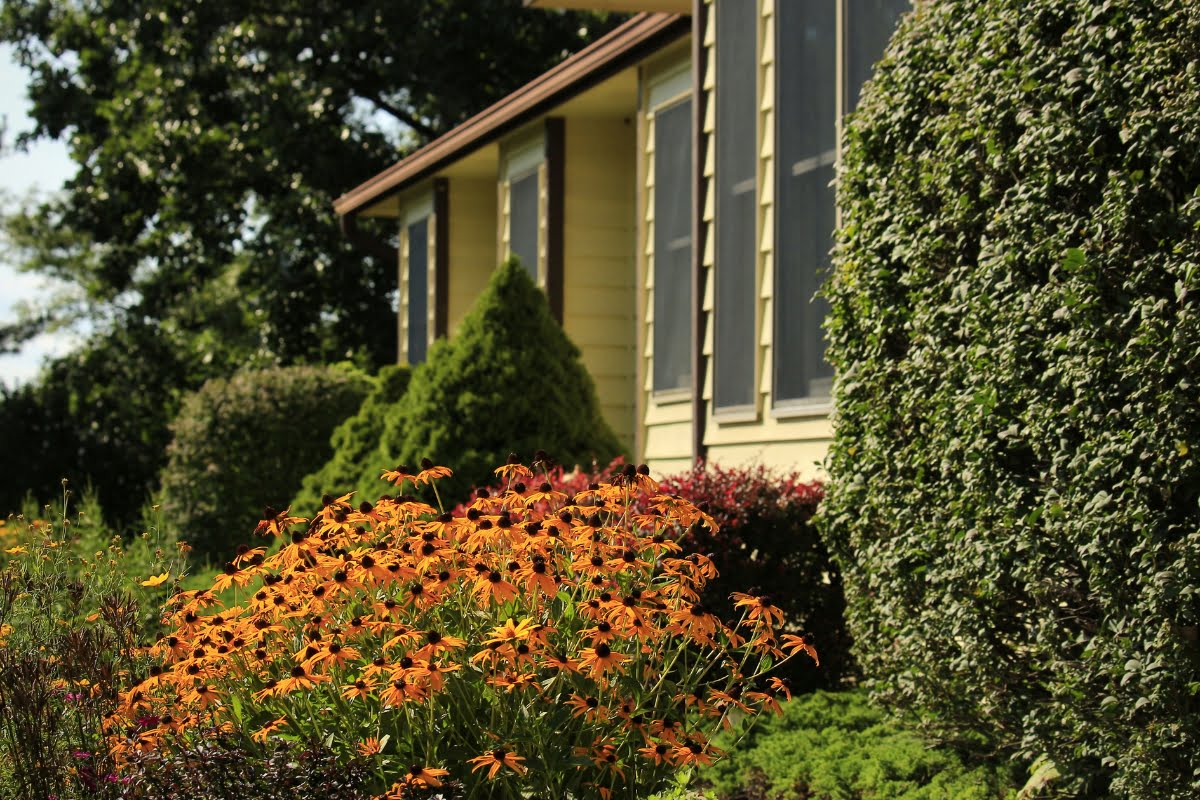
Native plants play a crucial role in energy conservation, especially in the context of HVAC landscaping for energy efficiency. By incorporating native plants into landscaping designs, property owners can significantly reduce their energy consumption and environmental impact.
One key advantage of using native plants in HVAC landscaping is their ability to thrive in local climate conditions without the need for excessive watering or maintenance. This can help lower water usage and maintenance costs associated with traditional landscaping practices.
Moreover, native plants are well-adapted to local soil conditions, reducing the need for fertilizers and pesticides. This not only promotes a healthier ecosystem but also minimizes the use of harmful chemicals that can negatively impact the environment and human health.
In terms of energy efficiency, native plants can provide natural insulation and shade to buildings, reducing the need for artificial heating and cooling. This can lead to lower energy bills and decreased reliance on HVAC systems, ultimately contributing to a more sustainable and eco-friendly property.
Furthermore, the biodiversity supported by native plant species can attract beneficial insects and wildlife, creating a balanced ecosystem that reduces the need for pest control measures. This natural pest management can further enhance the sustainability of HVAC landscaping designs.
Strategic Tree Placement for Natural Shading and Cooling

Strategic tree placement plays a crucial role in creating natural shading and cooling effects in outdoor spaces, especially when aiming for energy efficiency with HVAC landscaping. By strategically positioning trees around a property, homeowners can significantly reduce the need for excessive air conditioning during hot seasons, thereby lowering energy costs and promoting sustainability.
One key aspect to consider when planning tree placement for natural shading is the orientation of the property. Trees should ideally be planted on the west side of a building to provide shade during the hottest part of the day when the sun is setting. This strategic placement can help reduce the amount of direct sunlight that enters the building, thereby lessening the workload on the HVAC system.
In addition to the west side, trees can also be strategically planted on the east side of a property to provide morning shade, helping to keep indoor spaces cooler during the early hours of the day. By combining trees on both the east and west sides of a building, homeowners can create a natural cooling effect that minimizes the reliance on artificial cooling systems.
Moreover, the type of trees selected for landscaping can have a significant impact on energy efficiency. Deciduous trees, known for their broad leaves that provide ample shade during the summer months, are excellent choices for natural shading. These trees shed their leaves in the winter, allowing sunlight to enter the building and provide warmth when needed, thus supporting HVAC efficiency year-round.
In urban environments where space is limited, strategic tree placement in courtyards, rooftop gardens, or along walkways can still contribute to natural shading and cooling effects. Incorporating trees in these areas can help reduce the urban heat island effect, improve air quality, and create more comfortable outdoor spaces for residents.
Efficient HVAC Systems: The Backbone of Thermo-Green Spaces

Efficient HVAC systems play a crucial role in creating thermo-green spaces that are not only environmentally friendly but also energy-efficient. By integrating HVAC landscaping techniques, such as strategic placement of heating, ventilation, and air conditioning systems, these spaces can optimize energy usage and reduce overall environmental impact.
HVAC landscaping for energy efficiency involves designing and installing HVAC systems in a way that maximizes their performance while minimizing energy consumption. This includes utilizing energy-efficient HVAC units, proper insulation, and smart thermostats to regulate indoor temperatures effectively.
In thermo-green spaces, the HVAC system acts as the backbone that ensures optimal comfort for inhabitants while maintaining sustainable practices. By incorporating renewable energy sources like solar panels to power HVAC systems, these spaces can further reduce their carbon footprint and dependence on traditional energy sources.
Moreover, proper maintenance of HVAC systems is essential to ensure their efficiency and longevity. Regular inspections, timely repairs, and cleaning of filters can significantly improve the performance of HVAC units, ultimately leading to energy savings and reduced environmental impact.
Maintenance Tips for Sustaining Thermo-Green Spaces
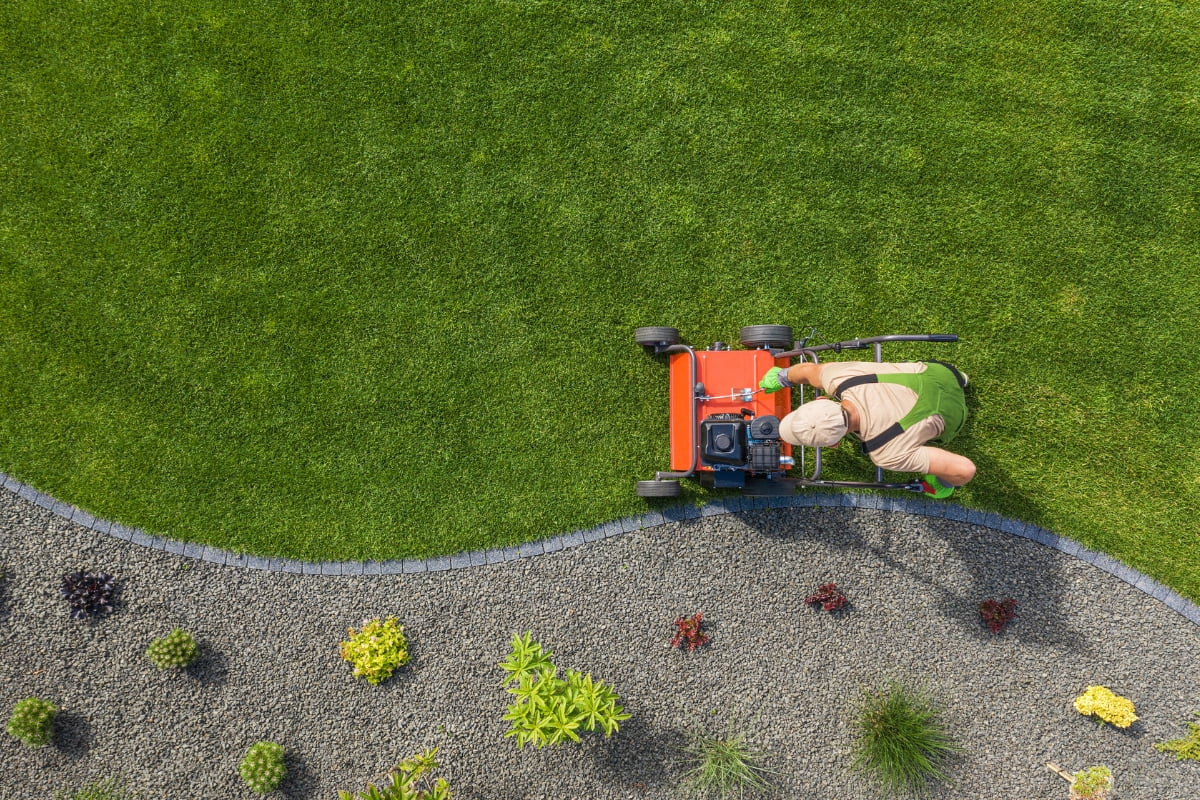
When it comes to maintaining thermo-green spaces, incorporating HVAC landscaping for energy efficiency is crucial. By implementing the right maintenance tips, you can ensure that these spaces remain sustainable and environmentally friendly. Here are some key strategies to sustain thermo-green spaces effectively:
- Regular HVAC System Inspections: Conduct routine inspections of your HVAC system to check for any leaks, malfunctions, or inefficiencies. Regular maintenance ensures that your system operates at peak performance, reducing energy consumption.
- Optimal Plant Selection: Choose native plants and trees that require less water and maintenance. Opt for species that are well-suited to your climate to minimize the need for excessive watering or pesticides, promoting a healthier ecosystem within your thermo-green space.
- Proper Irrigation Practices: Implement smart irrigation systems that adjust water usage based on weather conditions and plant needs. This not only conserves water but also prevents overwatering, which can lead to water wastage and plant diseases.
- Mulching and Composting: Use mulch to retain soil moisture, prevent erosion, and suppress weed growth. Composting organic waste helps enrich the soil, promoting plant growth and reducing the need for chemical fertilizers.
- Energy-Efficient Lighting: Opt for energy-efficient lighting solutions such as LED fixtures to illuminate your thermo-green space. Timers and motion sensors can further optimize energy usage by only lighting up when needed.
- Green Roof Maintenance: If your thermo-green space includes a green roof, ensure regular maintenance to prevent leaks, control vegetation growth, and maximize insulation benefits for your building’s energy efficiency.
- Recycling and Waste Management: Implement a robust recycling and waste management system within your thermo-green space to reduce landfill waste and promote a circular economy approach.
By following these maintenance tips tailored for HVAC landscaping and energy efficiency, you can sustain your thermo-green spaces effectively while minimizing environmental impact and maximizing energy savings.
Maximizing Energy Savings through Smart Landscaping Practices

When it comes to maximizing energy savings through smart landscaping practices, incorporating HVAC landscaping for energy efficiency can significantly contribute to creating thermo-green spaces. By strategically planning and implementing landscaping techniques that work in harmony with HVAC systems, you can enhance energy efficiency while enjoying a sustainable and eco-friendly outdoor environment.
One key aspect of HVAC landscaping for energy efficiency is the strategic placement of trees and shrubs around your property. Strategically placing deciduous trees on the southern and western areas of your house can offer natural shade in summer, lessening the burden on your HVAC system. As these trees lose their leaves in winter, sunlight can filter through, warming your home and lowering the requirement for excessive heating.
Moreover, incorporating hardscaping elements such as stone pathways or walls can help regulate temperature fluctuations around your property. These elements absorb heat during the day and release it slowly at night, providing natural insulation that can reduce the workload on your HVAC system.
Additionally, creating green roofs or vertical gardens can also contribute to energy efficiency by insulating your home, reducing heat gain in the summer, and heat loss in the winter. These living installations not only improve air quality but also provide natural cooling effects, further supporting your HVAC system in maintaining a comfortable indoor temperature.
Furthermore, water features like ponds or fountains can help cool the surrounding area through evaporative cooling, reducing the need for artificial cooling systems to work harder. Collecting rainwater through a sustainable irrigation system can also support your landscaping efforts while promoting water conservation.
Conclusion: Embracing the Future of Sustainable Living
HVAC landscaping for energy efficiency offers a promising future for sustainable living. From improved insulation to enhanced air quality, the benefits of HVAC landscaping are numerous. By embracing these innovative techniques and incorporating them into our homes and communities, we can contribute to a greener future while enjoying comfortable and energy-efficient living spaces.
For expert advice and top-notch HVAC installation services, trust CoolPro Heating & Cooling. Our team specializes in creating energy-efficient solutions tailored to your needs. Call us at 770-694-6232 or get started by submitting a service request through our website form today. Let CoolPro Heating & Cooling guide you toward a more sustainable and efficient home environment.

